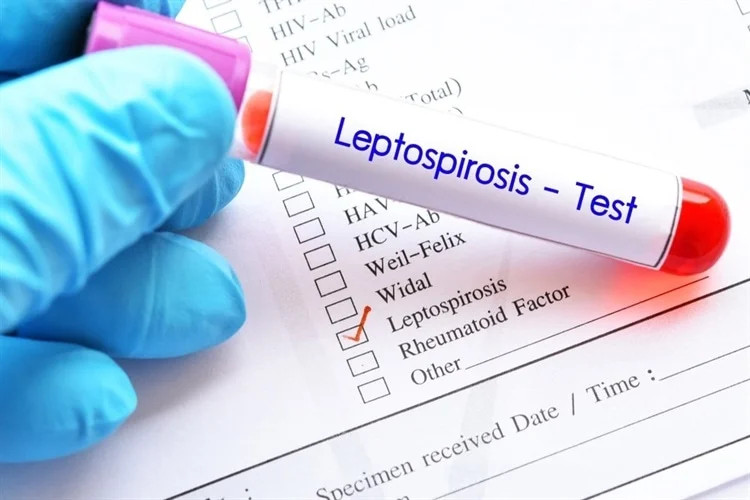Scientists led by researchers from the Transmission: Zero team at Imperial College London have engineered mosquitoes that slow the growth of malaria-causing parasites in their guts, and prevent transmission of the disease to humans. The mosquitoes carry a genetic modification that causes them to produce compounds in the gut that stunt the growth of the malaria parasites, meaning that the parasites are unlikely to reach the mosquitoes’ salivary glands and be passed on to a human in a bite before the insects die.
The research team showed that the strategy can dramatically reduce the possibility of malaria spreading, in a lab setting. If proven safe and effective in real-world settings it could offer a powerful new tool to help eliminate malaria. Collaborators from the Institute for Disease Modeling at the Bill and Melinda Gates Foundation also developed a model that, for the first time, can assess the impact of such modifications if used in a variety of African settings. They found that the modification developed by the Transmission: Zero team could be a powerful tool for bringing down cases of malaria even where transmission is high.
The innovation is designed so it can be coupled with existing “gene drive” technology to promote the spread of the modification and drastically cut malaria transmission. The researchers aim to test whether their approach can block the transmission of parasites that have infected humans, as well as those that have been lab-reared. The safety of the new modification will be tested thoroughly before combining it with a gene drive for real-world tests.
If all goes well, field trials are anticipated within 2–3 years. George Christophides, PhD, a professor in the department of life sciences at Imperial, said, “History has taught us that there is no silver bullet when it comes to malaria control, thus we will have to use all the weapons we have at our disposal and generate even more. Gene drive is one such very powerful weapon that in combination with drugs, vaccines, and mosquito control can help stop the spread of malaria and save human lives.”
Christophides is co-lead author of the team’s published paper in Science Advances, which is titled, “Gene drive mosquitoes can aid malaria elimination by retarding Plasmodium sporogonic development.”
Malaria remains one of the world’s most devastating diseases, putting at risk about half of the world’s population. In 2021 alone, the disease infected 241 million and killed 627,000 people, mostly children aged below five years, in sub-Saharan Africa.
The authors wrote, “Despite the availability of the first World Health Organization–approved malaria vaccine the necessity to develop alternative intervention strategies remains pressing, particularly if malaria elimination is to remain the goal.” Co-first author Tibebu Habtewold, PhD, at the department of life sciences at Imperial, further explained, “Since 2015, the progress in tackling malaria has stalled. Mosquitoes and the parasites they carry are becoming resistant to available interventions such as insecticides and treatments, and funding has plateaued. We need to develop innovative new tools.”
Malaria is transmitted between people after a female mosquito bites someone infected with the malaria parasite. The parasite then develops into its next stage in the mosquito’s gut and travels to its salivary glands, ready to infect the next person the mosquito bites.
However, only around 10% of mosquitoes live long enough for the parasite to develop far enough to be infectious. The team aimed to lengthen the odds even further, by extending the time it takes for the parasite to develop in the gut.
The Transmission: Zero team genetically modified Anopheles gambiae, the primary malaria-carrying species of mosquito in sub-Saharan Africa. On taking a blood meal, mosquitoes with the modification produce two antimicrobial peptides (AMPs) in the gut, which impair the malaria parasite’s development. The two peptides are magainin 2, which was first found within skin secretions of the African claw frog Xenopus laevis, and melittin, a primary toxin component of the European honey bee Apis mellifera.
Inhibiting the parasite’s development causes a few days’ delay before the next parasite stage could reach the mosquito salivary glands, by which time most mosquitoes in nature are expected to die. The peptides work by interfering with the energy metabolism of the parasite, which also has some effect on the mosquito, causing them to have a shorter lifespan and further decreasing their ability to pass on the parasite. “As the modification additionally reduces female mosquito life span, the possibility of infectious sporozoites to be transmitted to a new host is reduced markedly,” the team stated in the published report.
Professor George Christophides, PhD, holds a cage of mosquitoes. [Imperial College London]
Co-first author of the study Astrid Hoermann, PhD, from the department of life sciences at Imperial, said: “For many years, we have been trying to no avail to make mosquitoes that cannot be infected by the parasite or ones that can clear all the parasites with their immune system. Delaying a parasite’s development inside the mosquito is a conceptual shift that has opened many more opportunities to block malaria transmission from mosquitoes to humans.”
If the genetic modification is to help prevent malaria spread in the real world, it will need to be spread from lab-bred mosquitoes to wild populations. Normal interbreeding would achieve this to a certain degree, but because the modification has a “fitness cost” in the form of reduced lifespan, it would likely be quickly eliminated as a result of natural selection.
Gene drive is an additional genetic trick that could be added to the mosquitoes and cause preferential inheritance of the antiparasite genetic modification, making it spread more widely among any natural populations. And as the researchers further noted, “Modeling suggests that propagation of this modification via gene drive promises to break the malaria transmission cycle across a range of epidemiological scenarios in sub-Saharan Africa even if the effector itself is eventually replaced by resistant alleles because of the fitness cost that it imposes.”
For the reported study, the researchers demonstrated that the small genetic modifications to the malaria mosquitoes successfully impeded transmission of two different malaria parasite Plasmodium species, the deadliest human parasite, P. falciparum, and the rodent parasite P. berghei. “It achieves this by hampering parasite sporogonic development that occurs in the oocyst, markedly delaying the emergence of infectious sporozoites, and we attribute this effect to the known propensity of these AMPs for interfering with mitochondrial function,” they wrote.
The authors acknowledged that their strategy would require careful planning to minimize any risks before field trials can be considered. The Transmission: Zero team is creating two separate, but compatible strains of modified mosquitoes—one with the antiparasite modification and one with the gene drive.
They can then test the antiparasite modification on its own first, only adding in the gene drive once it has been shown to be effective. Co-lead author Nikolai Windbichler, PhD, from the department of life sciences at Imperial, said, “We are now aiming to test whether this modification can block malaria transmission not just using parasites we have reared in the lab but also from parasites that have infected humans. If this proves to be true, then we will be ready to take this to field trials within the next two to three years.”
With partners in Tanzania, the team has set up a facility to generate and handle genetically modified mosquitoes and conduct some initial tests. These include collecting parasites from locally infected schoolchildren, to ensure that the modification works against the parasites circulating in relevant communities.
They are also fully risk-assessing any potential releases of modified mosquitoes, taking into account any potential hazards and making sure they have acceptance from the local community. But they are hopeful that their intervention can ultimately help to eradicate malaria.
The investigators concluded in their paper, “This modification is already designed for gene drive and requires no further adjustment before deployment, while, at the same time, it is inert on its own and thus can be safely tested in an endemic setting under standard containment protocols. It thus enables the next step for testing antimalarial effectors, i.e., to evaluate their transmission blocking modifications against parasites directly sampled from patients in malaria-endemic countries.”
From Genetic Engineering and Biotechnology News
Scientific details: Click here
Hoermann, A., Habtewold, T., Selvaraj, P., Del Corsano, G., Capriotti, P., Inghilterra, M.G., Kebede, T.M., Christophides, G.K. and Windbichler, N. (2022). Gene drive mosquitoes can aid malaria elimination by retarding Plasmodium sporogonic development. Science advances, 8(38), eabo1733.
Share this page




